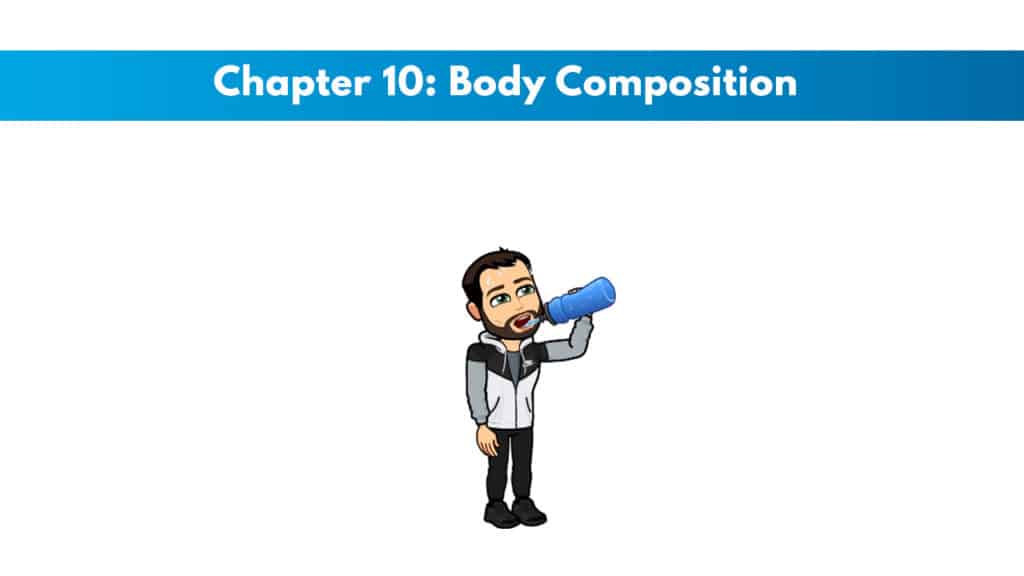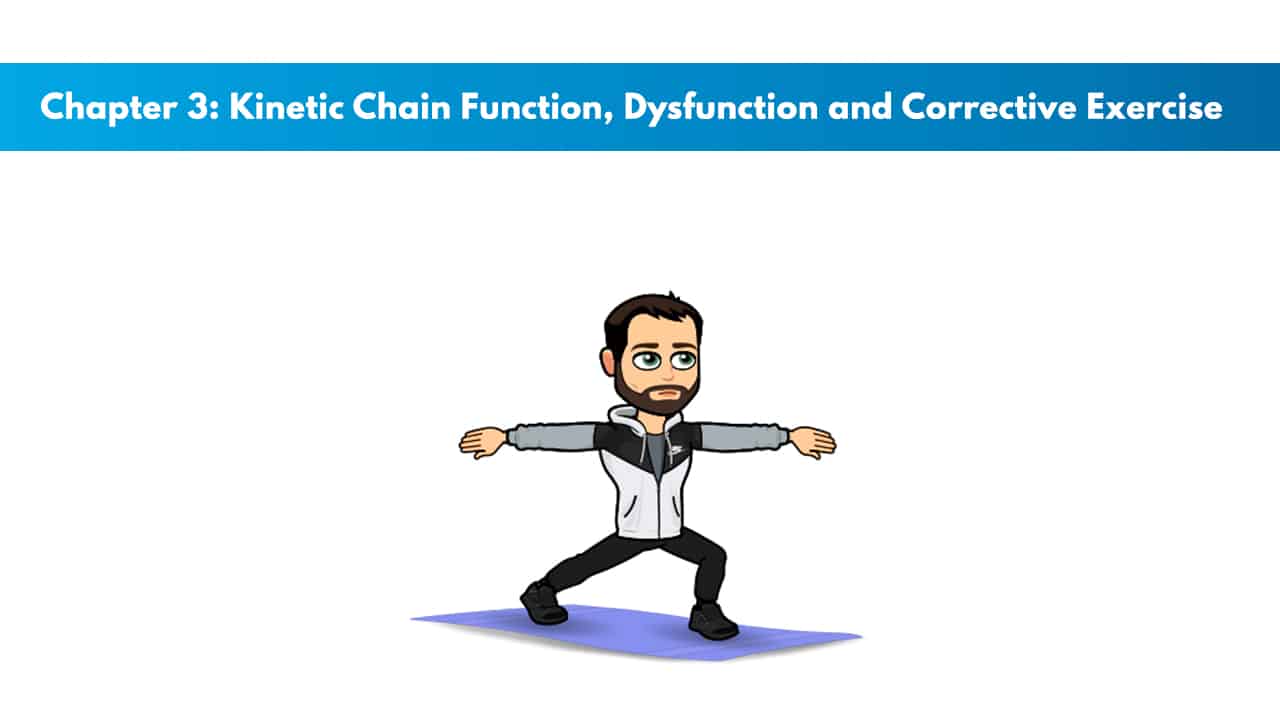
If you have not yet signed up for the NCSF CPT certification, receive a big discount here.
Get your copy of the NCSF CPT exam cheat sheet. It helps immensely for studying for the exam.
Make sure to check out Trainer Academy for premium NCSF CPT study materials. They will reduce study time by 50% and have an exam pass guarantee. Read my full review on them here. You can save $100 on their MVP study system with the code: PTPSUB
Chapter Goals:
- Make connections between obesity and the prevalence of the disease.
- Find the essential, healthy, and obese body fat values for both sexes.
- Know the different types of body fat and the regional storage types.
- Be able to utilize the target body weight formula.
Obesity: A Worldwide Health Issue
Obesity has been labeled as a global pandemic due to high body fat prevalence, especially in the American population.
Around 1.5 billion people are overweight around the globe, and 650 million are clinically obese.
Maintaining these high body fat levels leads to significant health issues, many of which we have touched on throughout this study guide already.
It is estimated that people who classify as obese are put at a 50 – 100 percent greater risk for premature death.
Both obesity and overweight are the second leading cause of preventable death in the US.
Body Composition
This is one of the five components of health-related fitness.
The body comprises water, protein, minerals, and fat.
The two-component model looks at the ratio of fat mass to fat-free mass.
The percentage of fat that a person carries does have a health impact and changes the metabolism to a good degree.
Exclusive PTP CPT Offers |
||
|---|---|---|
Gold Standard Cert | Most Popular Cert | Best Study Materials |
A Good Option | A Good Option | Best CPT for you?  |
Essential Body Fat Levels
Men and women have their own body fat levels that are considered needed for normal physiological activities.
The lowest levels that a person can have for homeostasis are known as the essential body fat levels. This is the fat needed in the nerve tissues, bone marrow, and organs.
This essential body fat level is around the 3 – 5% mark for men. When dropping lower than that, there are many dysfunctions in thermoregulation and metabolic systems.
Females have a higher essential body fat requirement in the realm of 8 – 10%. This is needed for their slightly different hormone balances and menstrual cycle requirements.
The general roles of fat include:
- Transports and stores vitamins and lipids
- Forms cell membranes
- Provides insulation and protection
- Aids functions the nervous system.
- Assists formation of hormones
Body Fat Distribution
The fat deposits are the areas where we store most of our adipose tissue.
Where this adipose tissue is put in the body will depend on the genetic predisposition, age, sex, level of physical activity, stress hormones, and total fat levels.
Fat storage is referenced by its regional distribution.
Some definitions to know regarding fat levels are:
Subcutaneous fat is the layer of adipose tissue that sits right beneath the skin and makes up the largest of the fat storage areas.
Intramuscular fat is the lipid deposits stored within skeletal muscle fibers.
Visceral fat is the central body fat that is stored in the abdominal cavity around the internal organs.
Android storage is the central fat pattern that is associated with a higher risk for cardiometabolic disease.
Gynoid storage is the pattern that is called “pear-shaped,” as the lower half of the body carries more fat.
Stature-Weight Indices
The analysis of fat distribution for non-communicable diseases can be found with many different methods.
These general methods include a height-weight table, BMI, waist circumference, and waist-to-hip ratio.
Exclusive PTP CPT Offers |
||
|---|---|---|
Gold Standard Cert | Most Popular Cert | Best Study Materials |
A Good Option | A Good Option | Best CPT for you?  |
Height-weight tables were originally made to predict mortality rates of people with similar sizes to determine insurance premiums.
Some major issues of height-weight tables include tissue composition not being identified, lean mass negatively affecting disease prediction, and age variation not being factored into tables.
Body mass index, or BMI, is used to compute body size into single measures. They represent a more practical use of anthropometrics for predicting disease risk, health complications, and all mortality risks.
The BMI is found by calculating weight in kilograms divided by height in meters squared.
BMI has some downsides but is relatively reliable for a general assessment.
BMI classifications:
- Underweight = < 18.5
- Normal = 18.5 – 24.9
- Overweight = 25 – 29.9
- Obesity = 30 – 34.9
- Obesity 2 is 35 – 39.9
- Extreme obesity = > 40
Waist circumference is growing in its use for predicting obesity-related disease risk.
There is a good correlation between abdominal obesity and outcomes of disease.
Waist circumferences higher than 102 cm for males and 88 cm for women are associated with these high cardiovascular and metabolic disease risks.
The waist-to-hip ratio is another circumference measure that predicts the negative health risks of waist circumference.
Body Composition Assessment
The body composition measures are more valuable than stature-weight and circumference measures as they look at the makeup of tissues in the body.
These body composition assessments allow people to track specific tissue changes during weight loss or gain.
Clinical Assessments
These assessments will most often be done in labs and not commonly in exercise settings. This is due to the size and cost of the equipment.
Dual x-ray absorptiometry is the first, and this is used in research settings for the assessment of tissue components like bone minerals, fat, and lean tissue.
This is considered to be the gold standard for the analysis of body composition.
Hydrostatic or underwater weighing looks at Archimedes’ principle of buoyancy to calculate bone density.
Fat mass is less dense than water, so we place the body in water to calculate its presence.
It is a somewhat uncomfortable way to assess body composition when compared to others.
Air displacement plethysmography uses air displacement instead of water to estimate volume.
The method needs minimal time, client compliance, and technical skill.
Field Tests
These are practical assessments used for predicting outcomes of the gold standard, usually in much cheaper and portable ways.
Circumference measures are the first of these field tests, and they are useful for the trainer and client to track progress in specific areas as programs progress.
The circumference measurements are also known as girth measurements. These are usually taken at specific anatomical sites.
Skinfold measurements are done in specific areas of the body and require a good amount of experience with the practice. There are three formulas used for both genders. Some formulas use 3, 4, and 7 sites.
The skinfold sites are the abdomen, thigh, chest, triceps, suprailliac, midaxillary, subscapular, and medial calf.
Bioelectrical impedance is among the easiest methods. It uses the conductivity of water to predict body fat levels.
This is commonly done on a scale, with there being a few different types to choose from. These are easily done in common fitness settings.
The target body weight formula loos at the computation of healthy body weight levels and helps set goals using current weight and the desired body fat percentage.

 Have a question?
Have a question? 


![Free NCSF Practice Test & Study Guide/Flashcards [year] 9 Free NCSF Study Guide](https://www.ptpioneer.com/wp-content/uploads/2021/05/Free-NCSF-Study-Guide-new.jpg)







Tyler Read
PTPioneer Editorial Integrity
All content published on PTPioneer is checked and reviewed extensively by our staff of experienced personal trainers, nutrition coaches, and other Fitness Experts. This is to make sure that the content you are reading is fact-checked for accuracy, contains up-to-date information, and is relevant. We only add trustworthy citations that you can find at the bottom of each article. You can read more about our editorial integrity here.